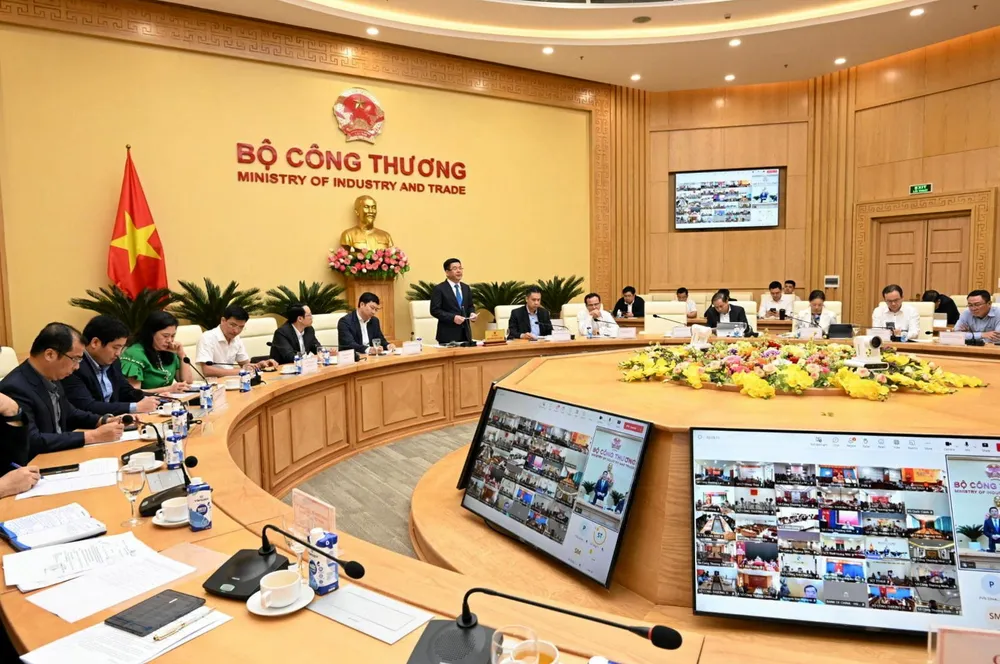Vietnam aims to produce up to 500,000 tonnes of clean hydrogen by 2030 as part of new national H2 strategy
Government seeks international investors to develop both green and blue hydrogen for export and domestic use

Government seeks international investors to develop both green and blue hydrogen for export and domestic use
